Introduction
The world of technology moves at an astounding pace. In this ever-changing landscape, staying abreast of the latest tech innovations is crucial. From artificial intelligence advancements to revolutionary medical breakthroughs, new technologies are constantly emerging, offering solutions to real-world problems and transforming how we live and work. Let’s dive into 15 of the most exciting innovations you should keep your eyes on.
15 Latest Technological Innovations
- Generative AI
- CRISPR Gene Editing
- Quantum Computing
- Sustainable Energy Solutions
- Brain-Computer Interfaces
- Web3 and Decentralization
- Expanded Reality (XR)
- Advanced Robotics and Automation
- 3D Bioprinting
- The Metaverse
- Space Technologies
- Nanotechnology
- Biodegradable Materials
- Personalized Medicine
- Smart Cities
1. Generative AI

- What it is: Generative AI is a subset of artificial intelligence focused on creating new content. Think of it like a super-smart digital artist and writer. It uses massive datasets and algorithms to produce realistic images, write engaging stories, compose music, translate languages – the possibilities are endless. Tools like ChatGPT, DALL-E, and others showcase the astonishing capabilities of generative AI.
- Why it matters: Generative AI has the power to transform countless industries:
- Marketing & Advertising: Imagine instantly generating product images, targeted ad copy, and custom videos, tailored perfectly to your audience.
- Entertainment: Generative AI can help create captivating fictional worlds, original character designs, and unique background music for movies and games.
- Education: It can offer personalized learning experiences, create engaging study materials, and even generate practice questions tailored to a student’s needs.
2. CRISPR Gene Editing

- What it is: CRISPR-Cas9 is like a pair of incredibly precise molecular scissors. Scientists use it to change the very building blocks of life – DNA. This tool can add, remove, or change specific parts of a gene sequence.
- Why it matters: CRISPR has earth-shattering potential:
- Disease Cures: Imagine eliminating genetic diseases like Huntington’s or sickle cell anemia by directly fixing the faulty genes.
- Improved Agriculture: Scientists could develop drought-resistant crops, or livestock that are naturally protected from diseases, ensuring a more reliable food supply.
- Ethical Considerations: While CRISPR offers amazing potential, it’s important to use it responsibly. There are concerns about unintended consequences and “designer babies”, making ethical guidelines essential.
3. Quantum Computing
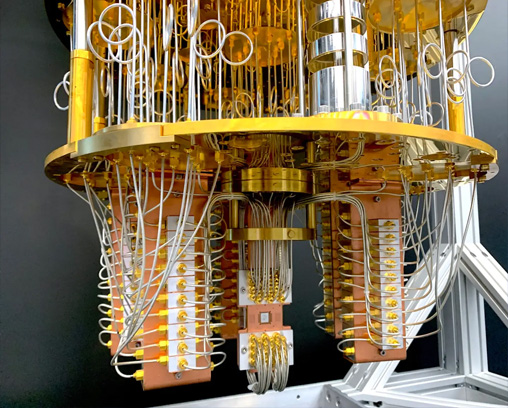
- What it is: Traditional computers work with bits – 0s and 1s. Quantum computers use qubits, which can be 0, 1, or both at the same time thanks to the weirdness of quantum physics. This gives them unimaginable computing power.
- Why it matters: Quantum computers could revolutionize how we:
- Develop Medicines: They could simulate complex molecules, allowing scientists to design drugs much faster and target diseases more effectively.
- Create New Materials: Discover groundbreaking materials with incredible properties, leading to stronger batteries, lighter aircraft, and more.
- Crack Encryptions: Quantum computers could potentially break current encryption methods, so strong new ones will be needed to protect our data.
Read More: Top 15 Scientific Breakthroughs that Shaped our World | Discover the Impact
4. Sustainable Energy Solutions

- What it is: Sustainable energy comes from renewable sources that won’t run out – sunlight, wind, water (hydropower), and even heat from inside the Earth (geothermal). Advancements are happening in:
- Solar Power: More efficient solar panels, cheaper to produce, making solar electricity competitive with fossil fuels.
- Wind Power: Massive turbines on land and at sea capture wind energy.
- Battery Storage: Giant batteries store excess energy generated from renewables, so it’s available even when the sun isn’t shining or the wind isn’t blowing.
- Why it matters:
- Fighting Climate Change: Reduces our reliance on fossil fuels, cutting down the greenhouse gases that cause global warming.
- Cleaner Air and Health: Less pollution leads to better air quality and improved public health.
- Energy Security: Nations become less dependent on imported oil and gas.
5. Brain-Computer Interfaces (BCIs)
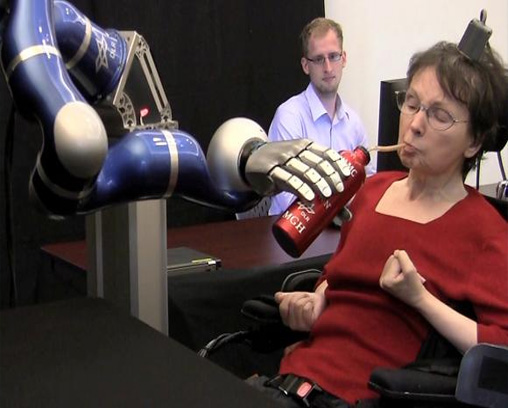
Image Source: news.brown
- What it is: BCIs create a direct communication pathway between your brain and a computer. They detect brain signals, interpret them, and translate them into commands.
- Why it matters:
- Restoring Movement: People with paralysis could control robotic limbs or exoskeletons with their thoughts alone.
- Improved Communication: Those unable to speak could type or use text-to-speech software using neural signals.
- Gaming & VR: Imagine controlling a video game character or navigating virtual worlds purely with your mind!
6. Web3 and Decentralization

- What it is: Web3 is the vision for a next-generation internet built on blockchain technology. It promises greater decentralization, giving users more control over their data and online interactions.
- Why it matters:
- Data Ownership: Web3 could move us away from tech giants dominating our online experiences, giving us true ownership of our online creations and information.
- New Financial Systems: Decentralized finance (DeFi) aims to disrupt traditional banking with transparent, peer-to-peer transactions.
- Digital Identity & Verification: Web3 enables secure digital identities and verifiable credentials, combating fraud and simplifying online processes.
7. Expanded Reality (XR)
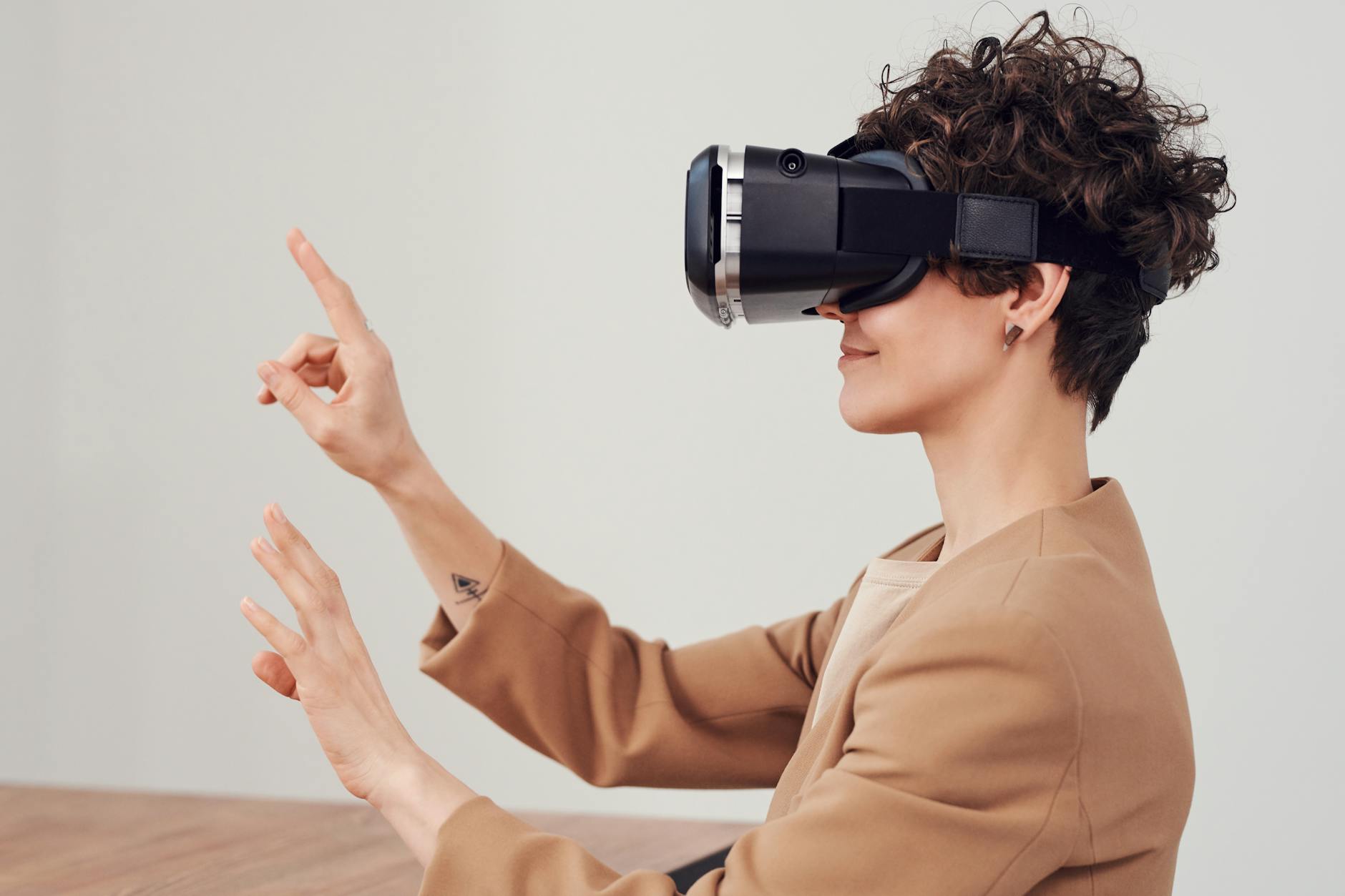
- What it is: XR is an umbrella term for technologies that merge the real and digital worlds.
- Augmented Reality (AR): Overlays digital information onto your view of the real world (think Pokemon Go).
- Virtual Reality (VR): Creates a fully immersive digital environment, commonly experienced through headsets.
- Mixed Reality (MR): The ultimate blend, where digital objects interact realistically with the physical world.
- Why it matters:
- Training & Simulation: Highly realistic simulations allow safe training in dangerous situations (surgery, military operations).
- Remote Collaboration: Experts can guide on-site workers from anywhere in the world using AR annotations
- Revolutionizing Retail: “Try on” virtual clothes or see how furniture looks in your home before you buy.
8. Advanced Robotics and Automation
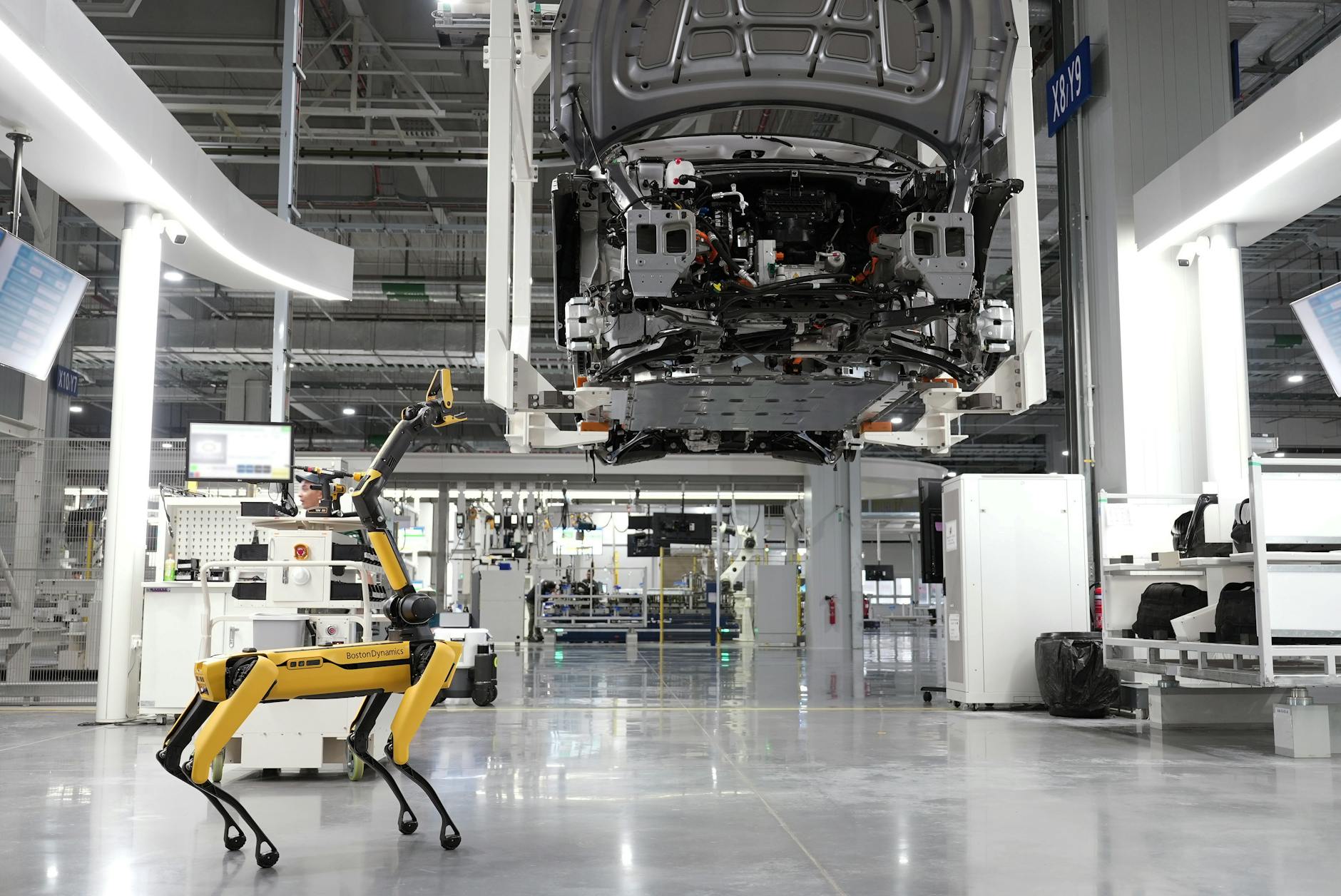
- What it is: Robots are becoming more capable, handling complex tasks and working alongside humans. Advancements include:
- Collaborative Robots (Cobots): Work safely next to people in factories and warehouses.
- Autonomous Robots: Navigate and make decisions independently, used in delivery, inspections, and more.
- AI-Powered Robotics: Integration of AI makes robots learn, adapt, and solve problems more creatively.
- Why it matters:
- Increased Productivity: Automate repetitive or dangerous tasks, freeing up workers for more valuable work.
- Tackling Labor Shortages: Robots address gaps in the workforce in key industries.
- New Possibilities: From surgery to space exploration, advanced robots can access areas and perform feats beyond human capability.
9. 3D Bioprinting
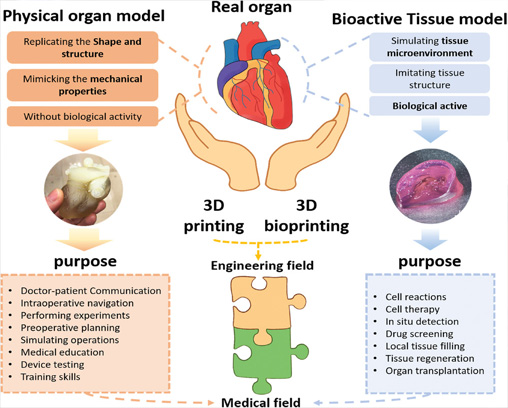
- What it is: It’s like a 3D printer, but instead of plastic, it prints with layers of living cells. Scientists can build tissues and potentially whole organs.
- Why it matters:
- Transplant Revolution: Imagine printing custom organs for patients in need, eliminating the wait for donors and reducing rejection risks.
- Drug Testing: Bioprinted tissues provide better models for testing new drugs, reducing reliance on animal testing.
- Regenerative Medicine: Potential to create skin grafts for burn victims or repair damaged cartilage.
Read More: 15 Astonishing Facts About the Human Body That Will Change Your Perspective
10. The Metaverse
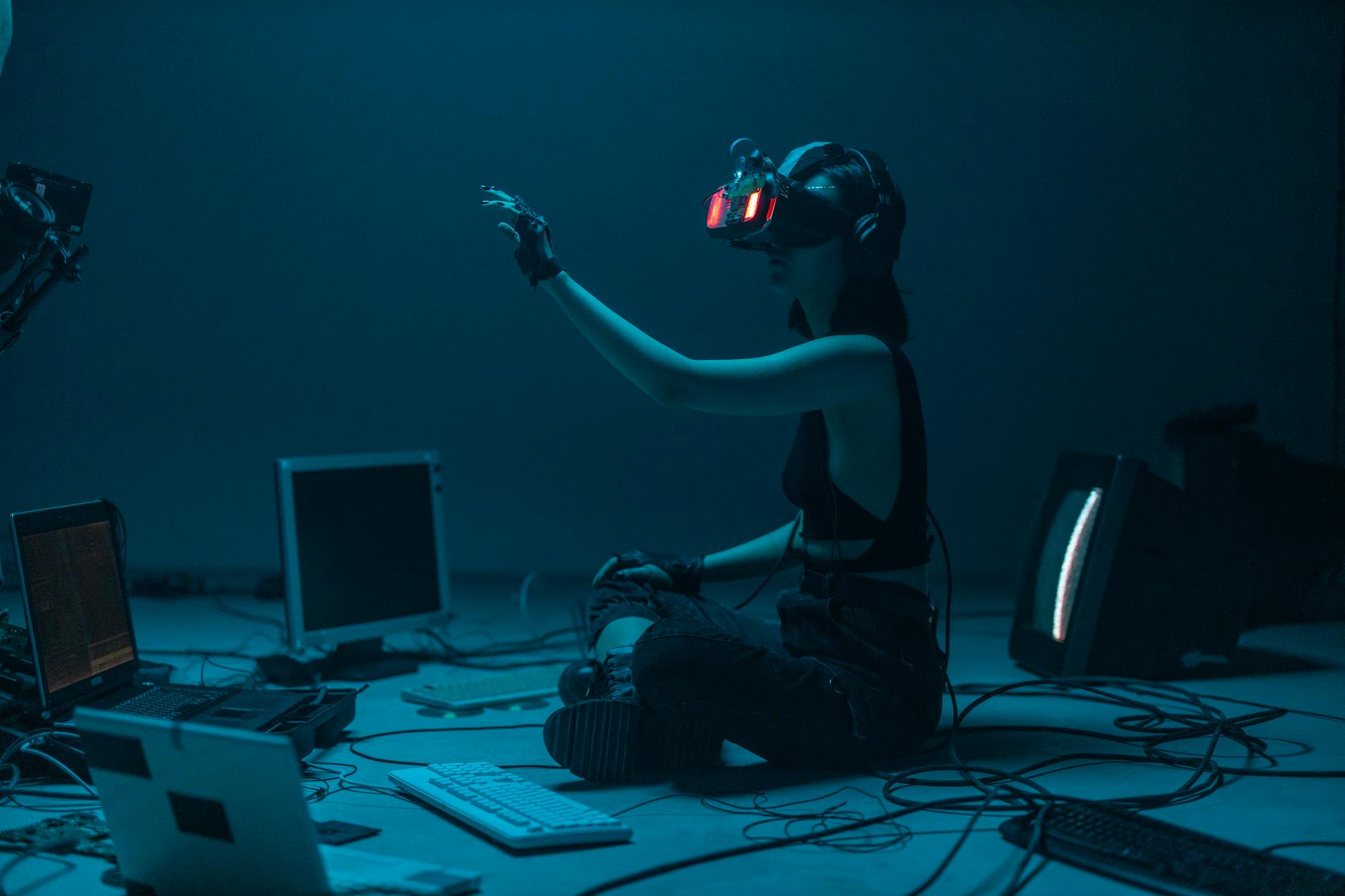
- What it is: The metaverse is a vision for a more immersive future internet. It’s a collection of shared online 3D worlds where people interact via avatars, work, shop, and play.
- Why it matters:
- Redefining Social Connection: Interact with friends and meet new people from anywhere in a more engaging, realistic way.
- New ways to Work: Imagine virtual offices, immersive meetings, and collaborative design in the metaverse.
- Entertainment Reimagined: Concerts, games, and experiences that blur the lines between real and virtual.
11. Space Technologies

- What it is: Advancements in space tech are pushing boundaries and opening up new possibilities. This includes:
- Reusable Rockets: SpaceX and others are dramatically reducing the cost of space launches making it more accessible.
- Satellite Constellations: Thousands of satellites providing global internet coverage, especially to remote areas.
- Space Tourism: Companies offering (or planning) trips into orbit and beyond for civilians.
- Asteroid Mining: The potential to harvest valuable resources from asteroids in the future.
- Why it matters:
- Enhanced Connectivity: Global internet access bridges the digital divide and opens new opportunities.
- Science & Exploration: New capabilities for studying our solar system, searching for exoplanets, and even reaching Mars.
- Emerging Industries: Space tourism and mining could create entirely new economic sectors.
Read More: Top 15 Mind-Blowing Space Facts That Will Change Your Universe
12. Nanotechnology

- What it is: Manipulating matter on an atomic and molecular level – incredibly tiny scales. Think machines the size of molecules!
- Why it matters:
- Revolutionary Materials: Creating substances with super-strength, self-healing abilities, or unique electrical properties.
- Targeted Drug Delivery: Nano-capsules deliver medicine precisely where needed in the body, minimizing side effects.
- Environmental Solutions: Nanomaterials could help clean up pollution and develop more efficient energy systems.
13. Biodegradable Materials
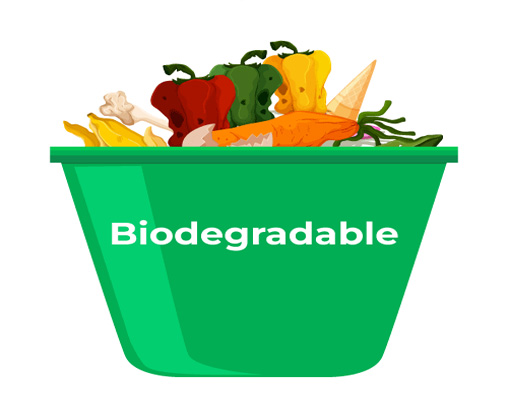
- What it is: Materials designed to break down naturally over time through biological processes. This moves us away from plastics that linger in the environment for centuries.
- Why it matters:
- Reducing Plastic Pollution: Biodegradable options lessen the burden on landfills and help protect our oceans.
- More Sustainable Products: Everything from food packaging to textiles could be made with eco-friendly alternatives.
- Compostable Solutions: Some biodegradables can go in your compost bin, enriching the soil and closing the loop.
14. Personalized Medicine

- What it is: Tailoring medical treatments to the individual patient based on their genetics, lifestyle, and environment. This move away from a “one-size-fits-all” approach.
- Why it matters:
- More Effective Treatments: Doctors can choose the medication or therapy that’s most likely to work for a specific patient.
- Reduced Side Effects: Avoid medications a patient is likely to have a bad reaction to.
- Precision Disease Prevention: Genetic analysis helps identify risks, encouraging preventive care.
15. Smart Cities

- What it is: Cities using technology to improve efficiency, sustainability, and livability. Think sensors, connected infrastructure, and data-driven decision-making.
- Why it matters:
- Optimized Traffic: Sensors manage traffic lights to reduce congestion and improve commuting times.
- Environmental Management: Smart grids optimize energy use, and sensors monitor air and water quality.
- Enhanced Public Services: Technology streamlines everything from waste collection to reporting problems like streetlight outages.
Conclusion
The pace of technological innovation is breathtaking. The 15 technologies we’ve explored have the potential to reshape our world – improving health, tackling global challenges, and creating exciting new possibilities. Understanding these advancements is essential to prepare for the future and harness their power for good.
15 Frequently Asked Questions (FAQs):
-
What are the biggest differences between generative AI tools like ChatGPT and traditional search engines?
Traditional search engines primarily find and present existing information from the web. They are great for retrieving facts and known data.
Generative AI tools like ChatGPT can process information, understand context, and generate entirely new text, code, images, or other content. They have a more creative and flexible output, able to adapt to your unique query. -
Are there safety concerns with CRISPR gene editing?
Yes, while CRISPR is an amazing medical tool, several safety concerns exist:
Unintended edits: CRISPR can sometimes edit the wrong part of the DNA by accident, causing unexpected consequences.
Ethical dilemmas: Editing genes in embryos (“designer babies”) raises complex questions about acceptable uses of the technology.
Access & Inequality: CRISPR treatments could be very expensive, raising concerns about unequal access to its benefits -
How soon will quantum computers transform computing as we know it?
It’s hard to give a precise timeline. Quantum computers are still in early development. While they have potential for major breakthroughs, we’ll likely see gradual advancements:
Near-term: Quantum computers solving specific problems tailored to their strengths
Long-term (potentially decades): More general-purpose quantum computers that radically change industries. -
What are major obstacles to widespread adoption of solar and wind power?
Intermittency: Sunlight and wind aren’t always available, so reliable energy storage solutions are needed for when the sun sets or the wind dies down.
Infrastructure: Expanding the power grid is critical to handle the flow of energy from renewable sources and to deliver it to distant locations.
Cost: While prices have come down dramatically, upfront costs of some renewable systems can still be a barrier for some consumers and businesses. -
How realistic is it that BCIs will enable a completely paralyzed person to walk again?
Significant progress is being made, but there’s still a long way to go. Here’s the outlook:
Short-term: BCIs are more likely to restore communication and some motor controls: typing, driving a wheelchair, controlling a robotic arm.
Long-term: Advanced BCIs paired with exoskeletons could potentially enable some degree of walking in a controlled environment
Challenges: Ensuring long-term stability and safety of brain implants, and refining the complexity of neural signals to control full-body movement. -
Can Web3 and blockchain technology really protect online privacy?
Web3 has the potential to improve certain aspects of online privacy:
Control over your data: Decentralized systems can let you decide who sees or uses your information rather than big tech companies.
Pseudonymity: Blockchain allows for interactions without revealing your real-world identity.
However:Not all blockchains are equally private.
Your activity can still potentially be tracked if you tie your blockchain identity to real-world info (like an online purchase). -
How could Expanded Reality (XR) be used in education?
XR offers exciting possibilities to revolutionize learning:
Immersive experiences: Visit ancient Rome in VR, dissect a virtual frog in AR, or conduct MR chemistry experiments without the risk of actual explosions.
Embodied learning: Learning by doing in realistic simulations (e.g., practicing surgery or public speaking in a virtual environment)
Personalized instruction: Adapt to individual learning styles and provide instant, targeted feedback. -
What are the main ethical questions surrounding advanced robots and automation?
Job displacement: How do we address job loss in industries heavily affected by automation? What new roles will emerge?
Bias in AI: If robots use decision-making AI, how do we ensure it’s fair and doesn’t perpetuate existing biases?
Autonomous weapons: Development of lethal autonomous robots raises serious ethical concerns and requires global regulation.
Robot rights: As robots become more sophisticated, will we need to consider some form of “rights” for artificial intelligences? -
Is 3D bioprinting organs for transplant close to becoming a reality?
It’s a complex process with progress, but significant hurdles remain:
Simple tissues: Scientists have had success with bioprinting skin, cartilage, and small, basic structures.
Complex organs: Printing whole organs with intricate blood vessel networks and multiple cell types is much more difficult.
Scalability & Safety: Large-scale production and ensuring long-term safety of bioprinted organs in the body are major challenges. -
How could the metaverse impact our mental health and social relationships?
The metaverse has the potential for both positive and negative effects on mental and social well-being:
Positives: New ways to connect with others regardless of location, reduce loneliness, and find supportive communities online.
Negatives: Excessive time in the metaverse could lead to social isolation in the real world, blurring the lines between reality and simulation, and potential online addiction risks. -
What’s holding back widespread use of space travel or space tourism?
High Cost: Currently, trips to space are incredibly expensive, making it accessible only to the ultra-wealthy.
Safety: Space travel involves inherent risks, and rigorous safety measures are needed to protect space tourists.
Limited Infrastructure: Current launch facilities and in-orbit accommodations are designed for small numbers of professional astronauts, not large-scale tourism. -
What are some surprising ways nanotechnology might be used in the future?
Self-healing materials: Imagine paints that fix scratches on their own or concrete that repairs cracks.
Revolutionizing electronics: Nanoscale components could lead to incredibly small, flexible, and powerful devices.
Enhanced medical imaging: Nanoparticles could deliver contrast agents for more precise and targeted medical scans. -
How can biodegradable materials make a difference in our everyday lives?
Less plastic waste: Biodegradable alternatives for single-use items like cutlery, straws, bags, and food packaging can significantly reduce pollution.
Better composting: More materials able to go in your home compost or industrial composting facilities reduces landfill waste.
Supporting sustainable brands: Choosing products that prioritize biodegradable packaging supports companies with environmental commitments. -
Are there any downsides to personalized medicine?
Cost: Developing tailored treatments can be more expensive than traditional medications, at least initially.
Data Privacy: Personalized medicine involves gathering and storing sensitive genetic data, raising vital privacy and security concerns.
Unequal Access: There’s a risk that only those with financial means will benefit from the full potential of personalized medicine. -
What are the main barriers to creating truly “smart” cities?
Funding: Upgrading infrastructure with sensors and connected systems is expensive.
Public trust: Large-scale data collection raises privacy concerns – citizens need reassurance that their data will be used responsibly.
Cybersecurity: Smart systems are vulnerable to hacking, making robust cybersecurity measures essential.
Inequity: It’s important that smart city benefits extend to all neighborhoods, not just affluent areas.




